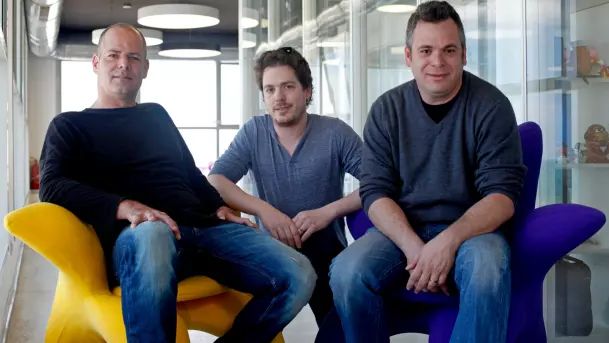Bluestacks : A Saviour in the World of Android Application Management
The usage of smartphones over the past decade has increased at a really jaw-dropping rate. And with smartphones comes the innumerable android apps that keep us involved in this smart device for 24/7. Be it an app for editing photographs or a high-resolution game, Android applications are plenty in number. But at times, there can be plenty of issues while downloading the app on your mobile phone, causing the phone to hang, or maybe you cannot install at all, due to insufficient memory. Most of you can relate to this issue very closely.
But have you ever heard of Bluestacks? Well, for those who already know are chilling in their room playing Android games on their PCs, and for those who don’t, you just unrolled a mystery! Bluestacks is a software technology that enables users to install every Android application on their laptops and PCs, whether a Windows or macOS system.
Bluestacks is an America-based company that headquarters in Campbell, California, the U.S. The company was founded by Rosen Sharma, Jay Vaishnav, and Suman Saraf. It serves throughout the world, and apart from the App Player, the company has also launched GamePop (subscription service).
Rosen Sharma
Sharma completed his undergraduate course in Computer Science from IIT Delhi. He graduated in the year 1993 and made into Stanford University in the same year for PhD in Computer Science. Sharma also went to Cornell University and secured another PhD in 2000.
Before co-founding Bluestacks, Sharma from the very beginning maintained an impressive career. He co-founded VxTreme in 1995, followed by serving as the CEO of Ensim Corporation. He was in the board of directors for Green border, Ugenie, Teneros, Cloud.com and Teros. In 2003, Sharma became the president and CEO of Solidcore Systems and served the company for five years. Sharma also worked for McAfee before co-founding Bluestacks and left the company in March 2011.
Jay Vaishnav
A B.Tech graduate in Mechanical Engineering from the University of Mumbai, Vaishnav later pursued a master’s from IIT Bombay. After completing his M.Tech in 1982, he went to Texas Tech University to acquire an MS degree in Computer Science.
Vaishnav was hired as a software engineer by many companies like ESVEL, Cullinet Software and Tandem Computers. He also worked for companies like Junglee, Amazon and worked for McAfee and Solidcore as well.
Suman Saraf
Saraf is an ex-NITian who completed his B.Tech in Computer Science from NIT Surat. He worked for REC Surat, NetAcross Communications (Developer), Flextronics Software Systems and Hughes Software Systems. Apart from working for McAfee and Solidcore, Saraf also co-founded Blue Whale India in the same year when Bluestacks was launched.
Story of Bluestacks
Though the sale of smartphones has been increasing exponentially, it is impossible to access every Android app from your mobile phone. So, to overcome this shortcoming Bluestacks was founded in 2011. The concept behind Bluestacks was to make it easy to install every Android application on any PC.
Though the alpha version of the product was first released on October 2011, the founders started working on it way before the exposure to press. Since all the three worked together in two companies, they had the idea in their mind for quite a long time.
Success
Within two months after the launch of the alpha version, there were more than half a million downloads of the Bluestacks App Player. They had a great start, given that there wasn’t any prominent competitor of Bluestacks in the market.
After a couple of years from launching Bluestacks, more than 10 million downloads were witnessed which increased to 130 million by 2016. In the same year, Bluestacks also provided access to more than 1.5 million Android games, and 500,000 Flash games. In May 2013, GamePop was released, and in 7th June 2013, the company finally made iPad games accessible.
In 2019, Bluestacks 4 for the 64-bit version has been released, which is more efficient and also uses comparatively less memory than the other versions.
Strategies and Investors
By 2016, the company raised $30 million from major investors, like Samsung, Qualcomm Ventures, Intel and Andreessen Horowitz.
The company is currently focused on increasing the number of users, hence, the founders are attending conferences worldwide. The software is available for free, and Bluestacks also provides custom made tools and services for enterprises, Flipkart being one of the enterprise clients.

Annasha Dey is an NIT student, who apart from studying engineering is also a content writer. She has a great interest in photography, writing, reading novels, and travelling as well. She is a foodie who loves socializing and hanging out with her friends. She is also a trained Kathak dancer and a big fashion enthusiast. Dey also loves watching TV series, which includes F.R.I.E.N.D.S. and Big Bang Theory. To be a better writer she prefers to read more











